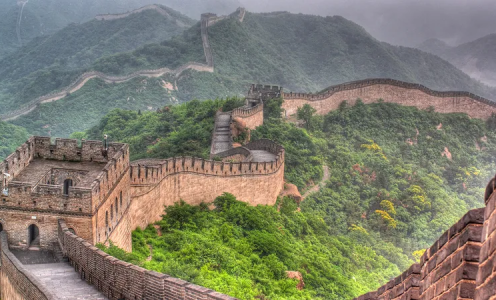This is the immersive experience of a multi-day hike along the Great Wall of China, not just a passing glance of a historical site. 🏯 This trip goes beyond a basic tourist visit to become a close relationship with history, environment, and your own mental and physical stamina.
Classic Journeys: Simatai – A Tapestry of Time from Jinshanling
The path from Jinshanling to Simatai is among the most highly sought-after multi-day treks. Usually two to three days, this offers the ideal mix of carefully restored areas and the thrilling rawness of the “wild wall.” ✨ Jinshanling, known for its well-preserved architecture and amazing views, gently introduces this. Imagine strolling along a stretch where the watchtowers proudly almost seem to be still defending the empire. Every tower has individual personality and a narrative carved on its stones. The echoes of the troops who once walked these ramparts are almost audible; their eyes search the horizon for any indication of danger.
Jinshanling has remarkably good restoration work. The walls are solid; the paths are smooth; the steps are even. This lets you concentrate on the pure beauty of the surrounds, the undulating hills, the far-off mountains, and the large swath of heavens. You can relax, enjoy the vistas, and get quite good pictures. The silence is broken just by the sound of the wind and the odd bird call; the air is fresh and clean.
The wall shows its age as you get toward Simatai. Parts fall apart to expose nature’s and time’s unrelenting force. The attraction is in part this change. You are walking through history itself, seeing the ongoing strength and the unavoidable deterioration of this great monument, not only on a rebuilt monument. Imagine running your hand over a portion of wall where the mortar is crumbling and the stones are free-standing? The centuries that have gone by, the hard winters, the sweltering summers, the many storms that have battered these walls—you can feel them.
Jinshanling and Simatai’s differences serve as a potent reminder of both the passage of time and the forces of nature. Standing on a structure that has lasted for so long and seeing both its vulnerability and resiliency humbles one.
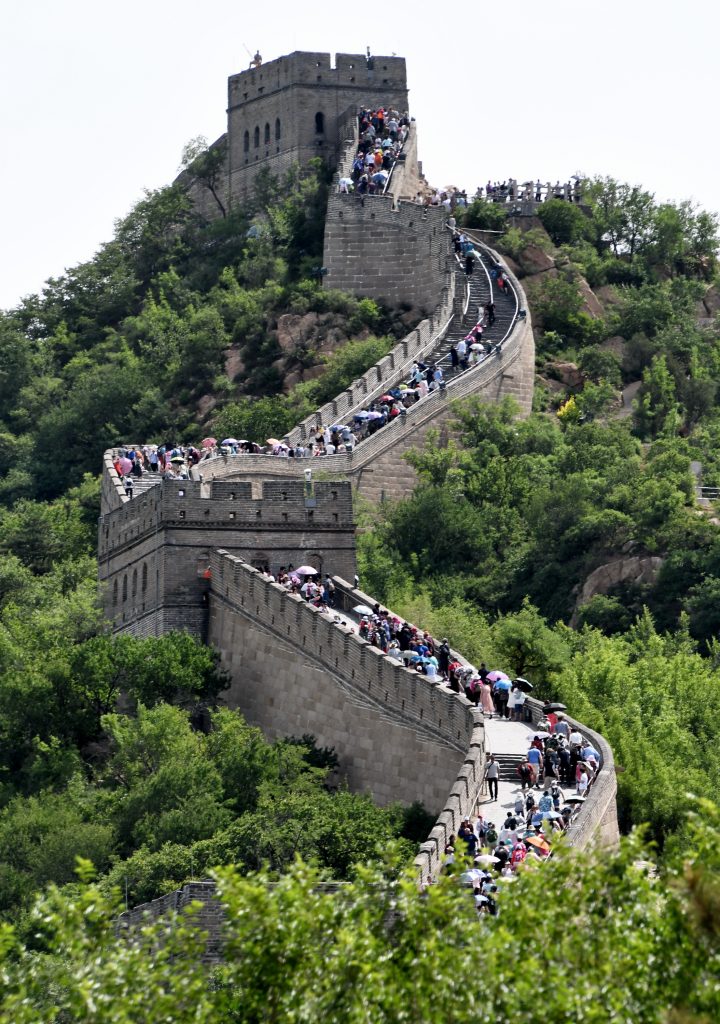
The Choice of the Adventurer: Jiankou to Mutianyu – Accepting the Wild
The climb from Jiankou to Mutianyu appeals to those looking for a more exacting and wild adventure. There is no faint of heart on this two-day walk. Often referred to as the “wildest” section of the Great Wall reachable for hikers, Jiankou is renowned for its steep, crumbling sections. The terrain is demanding sure-footedness and a good degree of physical fitness. This is an actual adventure, not a leisurely stroll in the park.
The prize for this demanding road is unmatched. Feeling the weight of history beneath your feet, you will walk across areas of the wall that have stayed essentially unaltered for millennia. After negotiating Jiankou’s perilous climbs, one feels great accomplishment. You will get pride from having pushed yourself to your limits and come out on top. You will be entitled to braggles to claim that you have passed one of the toughest stretches of the Great Wall.
The trip ends at Mutianyu, a brilliantly renovated area that provides a striking counterpoint to Jiankou’s wildness. Here, a welcome break following the previous effort can be found in the well-kept, smooth paths and the ease of cable car access. Additionally well-known for their toboggan run is Mutianyu, which transports one back down. It is striking how different Jiankou’s wild, untamed beauty is from Mutianyu’s polished, easily accessible grandeur. It’s like moving from one planet into another.
Mutianyu is evidence of the restoration workers’ dexterity. The paths are level and even, the watchtowers are grand, and the walls are immaculate. Knowing that you have overcome the difficulties of Jiankou, you can unwind and appreciate the surroundings. You have leisurely time to tour the watchtowers and enjoy the views.
The Jiankou to Mutianyu walk is a trip of contrasts, one that tests your mental as much as physical abilities. This trip pays off with amazing views, a sense of accomplishment, and a great respect of the Great Wall’s beauty and legacy.
Gubeikou to Jinshanling: History and Solitude—a Path Less Traveled
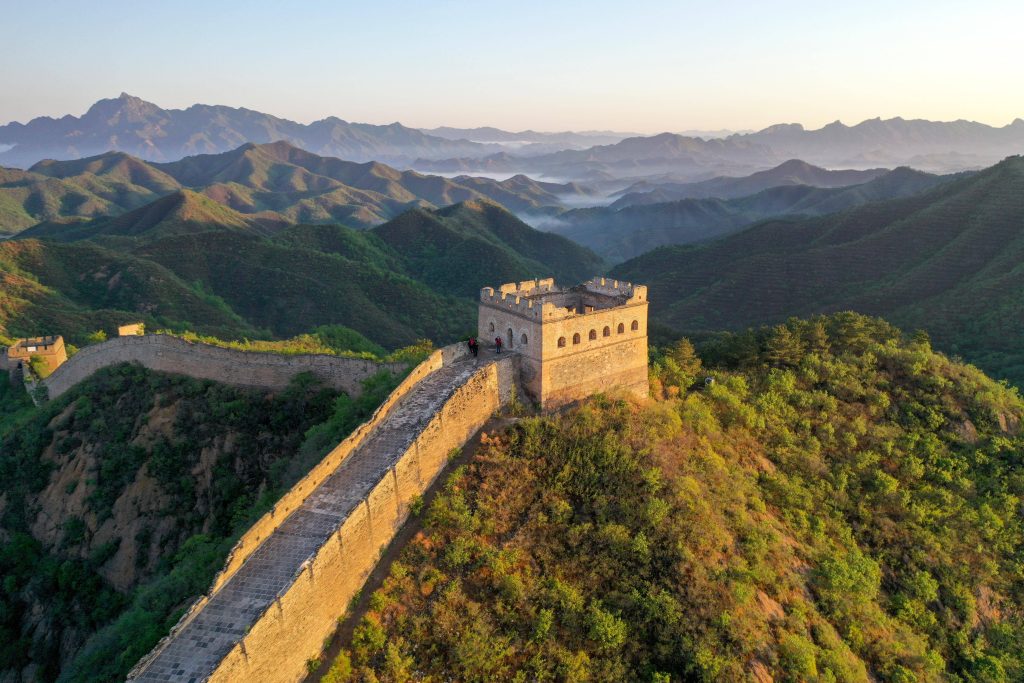
Often spanning two to three days, the climb from Gubeikou to Jinshanling presents a different taste of Great Wall experience. The historical value and varied scenery of this path define it. Throughout many dynasties, Gubeikou was a vital strategic pass; remnants of old conflicts still permeate the air. Imagine traversing a terrain where centuries of war have seen troops fight and die in order to protect their country.
Travelers visit this path less often, which offers a more solitary and reflective trip. From rolling hills to deep forests, you will travel over a range of topographies and see the wall in its larger context within the natural surroundings. The change from the rather disturbed Gubeikou to the well-preserved Jinshanling presents an interesting viewpoint on the several phases of wall preservation. This path offers special visual possibilities as well. Few others have seen, thus you will have the opportunity to photograph the wall that few others have seen, images reflecting the raw beauty and the historical relevance of this less-traveled portion.
The Gubeikou to Jinshanling walk’s solitude lets one get closer to the wall and its environs. You have time to consider the past and value the wonders of the natural world. The silence is yours to listen to; the sound of the wind and the sporadic bird call breaks only. One can experience mountain peace and quiet.
Gubeikou’s historical relevance lends still another level of complexity to the experience. Imagine the battles fought, the lives lost, and the soldiers that once marched along this part of the wall. Underfoot you can feel the weight of history.
For those looking for solitude, history, and a closer relationship with the Great Wall, the Gubeikou to Jinshanling walk is This trip will pay off in terms of peace, wonder, and a sense of having seen something quite special.
Wild Walls and Lakeside Beauty: Huanghuacheng to Jiankou – a Special Combining Agent
The two-day climb from Huanghuacheng to Jiankou blends the tough challenge of the wild wall with the breathtaking beauty of a reservoir. Huanghuacheng is distinctive for its sections of the wall submerged in a lovely lake, so producing an odd and beautiful scene. 🏞️ This “water wall” presents amazing picture chances and a welcome change of scene. Imagine the wall rising from the lake’s shimmering waves, its reflection producing an exact mirror image.
The climb then heads for Jiankou, offering the same difficulties and benefits noted before. This path lets you see two quite different sides of the Great Wall: the wild wilderness of Jiankou and the calm beauty of Huanghuacheng. This trip shows how flexible the wall is to fit different surroundings and how often it appears across a range. It is striking how different the lake’s calm, reflective waves are from Jiankou’s difficult terrain.
One very unusual aspect of the Great Wall is the “water wall” at Huanghuacheng. It’s evidence of the builders’ inventiveness since they could modify their plan to fit the topography. It’s also a stunning and surprising sight that reminds us the Great Wall is a work of art as much as a military construction.
For those seeking beauty, challenge, and a fresh viewpoint on the Great Wall, the Huanghuacheng to Jiankou trip is This trip pays off with breathtaking views, a sense of accomplishment, and a greater respect of the variety of the Great Wall experience.
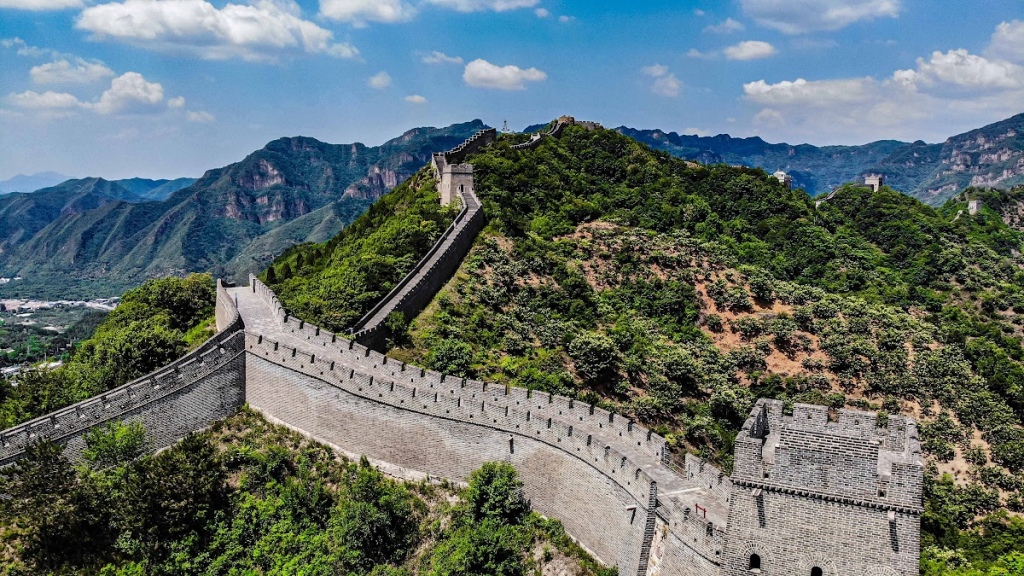
The Reality of the Trail: What to Expect – Beyond the Postcard Views
Starting a multi-day Great Wall climb is an adventure with reality unique of its own. Like any adventure. Knowing these ahead will improve your experience and guarantee your preparedness. This is about knowing the logistics, the difficulties, and the benefits of a multi-day trip, not only about the nice photos.
Different Levels of Challenge: Recognize Your Own Capacity
The path taken determines greatly the difficulty of multi-day hikes. Usually regarded as moderate, the Jinshanling to Simatai walk is appropriate for those with a fair degree of fitness. This implies that you should be able to stroll across uneven ground over several hours a day, with some hilltop and downhill sections. Though you should be at ease with modest physical activity, you do not have to be a marathon runner.
Conversely, Jiankou to Mutianyu is demanding and calls for more physical conditioning as well as experience with difficult terrain. You should thus be ready for steep climbs, rock scrambling, and narrow path traversing sheer drops. For beginners or those afraid of heights, this is not a walk.
Offering a reasonable challenge with less traffic, Gubeikou to Jinshanling falls midway between. For those seeking a more demanding experience than Jinshanling to Simatai but not quite ready for the rigors of Jiankou, this is a good alternative.
Of course, Huanghuacheng to Jiankou is a difficult walk combining the particular difficulties of both sections. You should be ready for the possibly slippery areas close to the water at Huanghuacheng as well as the steep climbs of Jiankou.
Selecting Your Adventure: How to Book – Managing the Choices
A safe, fun, and well-run multi-day climb depends on choosing the correct tour operator. Great Wall treks are available from many companies, thus careful study is quite important. You want not to let chance decide this. Selecting the incorrect tour operator can result in a disappointing or maybe dangerous trip.
Reputable Operators: Your Key to a flawless experience – due diligence is absolutely vital.
Search for travel agencies with a track record of safety, experience, and good client comments. Among highly regarded operators are Wild Wall, Beijing Hikers, and The China Guide. These businesses are well-known for their professionalism and dedication to ethical travel; they also have a great deal of expertise planning Great Wall hikes. But do your own investigation; don’t rely just on my word for it.
As you investigate tour companies, consider the following:
- Safety Record: Make sure the business stresses client well-being and has a good safety record. One should give this top priority while deciding. Find out about their guide-to—client ratio, emergency plans, and safety practices.
- Verify the guides’ experience, knowledge, and English (or your preferred language) fluency. Inquire about their certifications, training, and experience leading Great Wall treks.
- Examining the itinerary closely will help you to make sure it fits your interests and degree of fitness. Know the daily distances, elevation changes, and kind of terrain you will be traversing.
- Group Size: Think about whether a private guided hike or a small-group trip appeals to you. Though they can also be more costly, smaller groups usually provide a more customized experience.
- Know what is included—meals, lodging, permits, etc.—as well as what is not—in the tour price. Verify there are no surprises or hidden expenses.
- Reviewing past customer comments helps one to understand the company’s standing and degree of service quality. Search independent websites for reviews rather than only on the company’s own page.
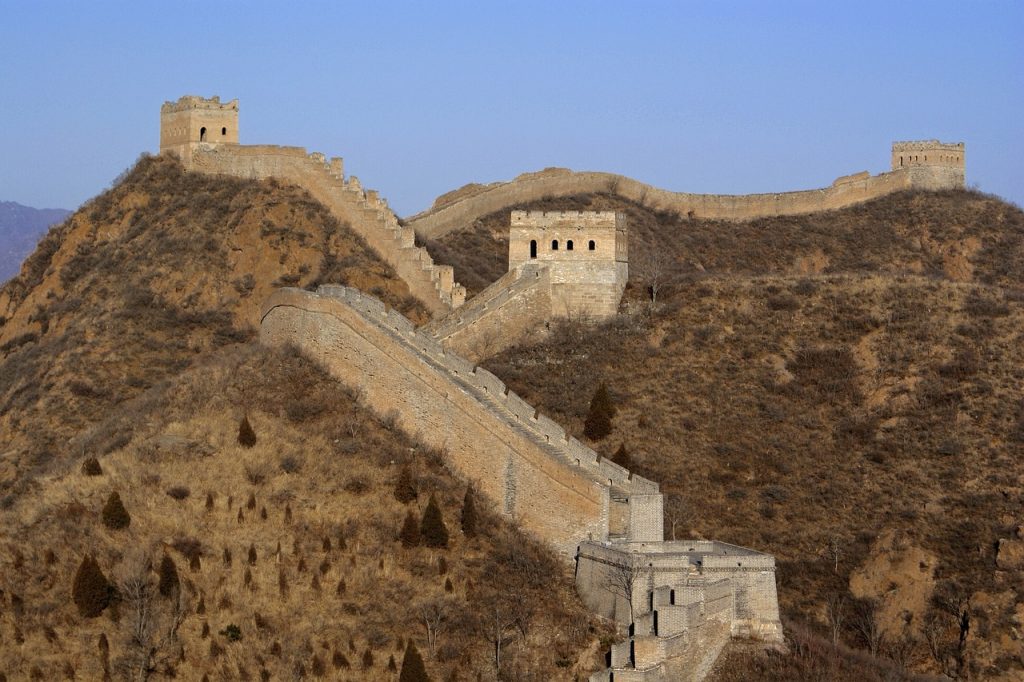
Group Dynamics: Group vs. Private Hikes – Selecting Your Companions
Your own tastes will determine whether you want a small-group tour or a private guided hike. Small-group trips present the chance to meet other visitors from all around the globe, share the experience, and maybe make new friends. Moreover, they might be less expensive than private hikes. This is an opportunity to meet like-minded people driven by adventure and discovery.
Conversely, private guided walks give more freedom and individualized attention. You can set your own pace, concentrate on your particular interests, and savor a closer relationship with your guide. Couples, families, or groups of friends that would want to travel together will find this choice perfect. You will have the whole undivided attention of the guide and be able to alter the schedule to fit your particular requirements and tastes.
Getting ready for the challenge: key advice for success
Hiking the Great Wall over several days calls for careful planning to guarantee a fun and safe experience. Here are some key ideas to give thought. This is about getting your body and mind ready for the demands ahead, not only about stuffing a bag.
Evaluating Your Fitness: Be Honest but Realistic
Before starting a multi-day climb, really evaluate your degree of fitness. Long hours of walking abound in these treks, usually on uneven ground with steep climbs and descends. If you’re not used to frequent hiking, start training many weeks or months ahead. This could include frequent walks, hikes, stair climbing, and other endurance and leg strength building activities.
Never undervaluate the difficulties of a multi-day climb. Better still than underprepared is being overprepared. Start slowly and progressively raise the length of time and intensity of your training. Pay attention to your body; especially in the beginning, avoid pushing yourself too forcefully.
Packing Smart: The Essentials – Your Lifeline from Your Backpack
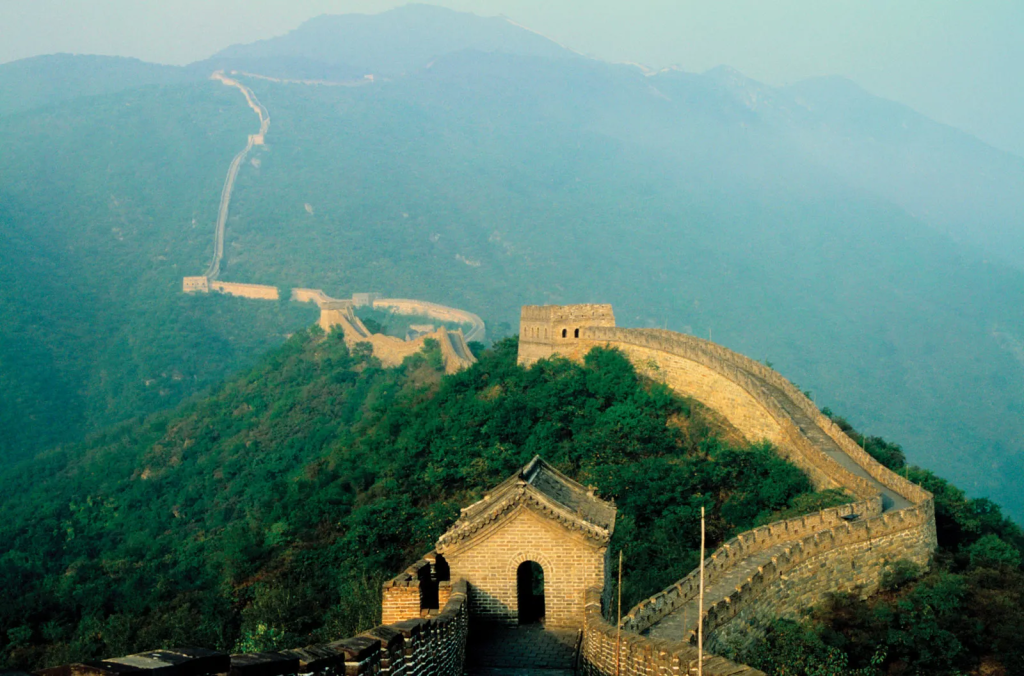
Comfort and safety depend on fitting gear being packed. Here is a list of must-have items:
- Invest in a decent pair of broken-in hiking boots with ankle support and good traction. Among the most crucial tools you will need is this one. Don’t cut back on quality. Your boots ought to be durable, waterproof, and comfortable.
- Pack layers of clothes to fit shifting weather. This ought to call for waterproof outer shells, insulating mid-layers, and moisture-wicking base layers. Great Wall weather can be erratic, thus one should be ready for everything.
- Sun Protection: At high altitudes the sun can be strong. Stow sunglasses, a cap, and sunscreen. Guard your eyes and skin against the damaging sun rays.
- Staying hydrated is crucial from water bottles or hydration reservoirs. Stow enough water for the daily climb. Particularly at high altitude, dehydration can be rather dangerous.
- To maintain your energy level, pack trail mix, dried fruit, energy bars, or another snack. You will be burning a lot of calories, thus you should always have easily available energy.
- Pick a cosy backpack big enough to hold your basics. Your bag should be flexible and fitting so you may distribute the weight equally.
- Useful for nighttime navigation, particularly if camping, headlamps or flashlights Whether you’re camping or caught on the wall after dark, you’ll want a dependable source of light.
- Add painkillers, bandages, antiseptic wipes, and first aid kit medications. Anticipate minor ailments and injuries.
- Trekking Poles (Optional) can offer more stability and help to ease knee strain. Particularly on descents, Trekking Poles (Optional) can offer more stability and help to ease knee strain. On steep or uneven ground especially, trekking poles can be quite useful.
Permits and Guidelines: Let the Professionals Handle It – Honor the Policies
A few areas of the Great Wall call for hiking permits. Your tour operator should take care of all required permits and guarantee you follow local rules. Respected these rules will help to preserve the wall for next generations and guarantee its protection. A protected historical site, the Great Wall is under regulations meant to guarantee its preservation.
Why Choose a Multi-Day Hike? The Deeper Rewards Beyond the Exercise Challenge
A multi-day Great Wall climb is a transforming experience with many benefits. This is an opportunity to really connect with history, the environment, and yourself.


